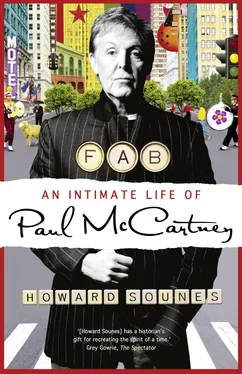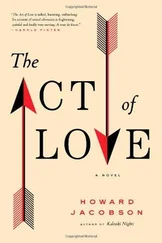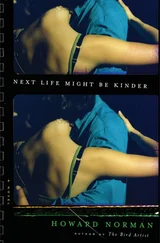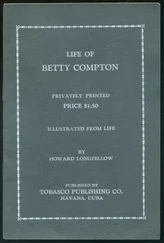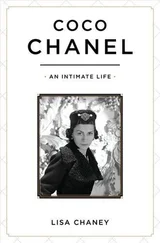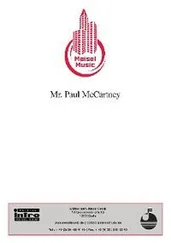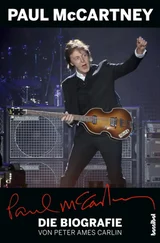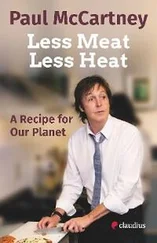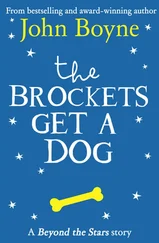1 ...6 7 8 10 11 12 ...16 WHY A SHOW SHOULD BE SHAPED LIKE A W
After George Harrison left school in the summer, without any qualifications, to become an apprentice electrician, the drummerless Quarry Men started playing the Casbah Coffee Club, a homemade youth club in the cellar of a house in Hayman’s Green, east of Liverpool city centre. This was the home of Mona ‘Mo’ Best, who had turned her basement into a hang-out for her teenage sons Pete and Rory and their mates. The Quarry Men played the Casbah on its opening night, in August 1959, and regular Saturday evenings into the autumn. It was at one of these rave-ups that Paul met his first serious girlfriend, Dorothy ‘Dot’ Rhone, a shy grammar school girl who fancied John initially, but went with Paul when she discovered John was going steady with fellow art student Cynthia Powell.
While playing in the band with Paul and George, John maintained a parallel circle of college friends, headed by art student Stuart Sutcliffe, who becomes a significant character in our story. Born in Edinburgh in 1940, Stu was the son of a Scottish merchant seaman and his teacher wife, who came to Liverpool during the war. John and Paul were both artistic, with a talent for cartooning. Paul was given a prize for his artwork at the Liverpool Institute speech day in December 1959. But Stuart Sutcliffe was really talented, a true artist whose figurative and abstract work made Paul’s drawings look like doodles. Around the time Paul won his school prize, Stuart had a painting selected for the prestigious John Moores Exhibition at the Walker Art Gallery. What’s more, the painting sold for £65 ($99), part of which John and Paul persuaded Stu to invest in a large, German-made Höfner bass guitar, which he bought on hire-purchase. So it was that Paul found himself in a band with John’s older, talented and rather good-looking college friend, someone John grew closer to as he and Stu moved into student digs together in Gambier Terrace, a short walk from the Inny. There was naturally some jealousy on Paul’s part.
Still, John and Paul remained friends, close enough to take a trip down south to visit Paul’s Uncle Mike and Aunt Bett, who, between theatrical engagements, were managing the Fox and Hounds at Caversham in Berkshire. Mike regaled the boys with stories of his adventures in show business and suggested they perform in his taproom. The locals could do with livening up. He billed John and Paul the Nerk Twins – meaning they were nobodies – asking his young cousin what song he planned to open with. ‘It’s got to be a bright opening,’ Mike told Paul. ‘What do you know?’
‘I know, “The World Is Waiting for the Sunrise”,’ replied Paul, citing an old song. ‘Me dad used to play it on the piano.’
Uncle Mike sanctioned the choice, giving the lads some advice. ‘A good act is shaped like a W,’ he lectured, tracing the letter W in the air. It should start strong, at the top of the first stroke of the W, lift the set in the middle, and end high. ‘Too many acts are shaped like an M,’ Mike told the boys: they started quietly at the foot of the M, built to a climax in the middle, then faded at the end. With this advice fixed in their heads, the Nerk Twins did well at the Fox and Hounds, and Paul never forgot Uncle Mike’s alphabetical advice. All his shows from now on would be shaped like Ws.
THE MAN WHO GAVE THE BEATLES AWAY
One of the places Paul and his friends hung out in Liverpool was the Jacaranda coffee bar on Slater Street, managed by an ebullient Welshman named Allan Williams. Born in 1930, Williams was a former encyclopaedia salesmen, who sang tenor in Gilbert & Sullivan operettas, and had recently begun to dabble in concert promotion. His first big show was to feature the American stars Eddie Cochran and Gene Vincent. Cochran died in a car crash before he could fulfil the engagement. The concert went ahead with Vincent and a cobbled-together support bill.
Williams’s partner in this enterprise was the London impresario Larry Parnes, known for his stable of good-looking boy singers, one of whom nicknamed his parsimonious manager ‘Parnes, Shillings and Pence’. Parnes’s modus operandi was to take unknown singers and reinvent them as teen idols with exciting stage names: Reg Smith became Marty Wilde, a fey Liverpudlian named Ron Wycherley was transformed into Billy Fury. When he came to Liverpool for the Gene Vincent show, Parnes discovered that hundreds of local groups had formed in the city in the wake of the skiffle boom. These were mostly four-or five-piece outfits with a lead singer, typically performing American blues, rock and country records they heard in advance of other people around the country because sailors working the trans-Atlantic shipping routes brought the records directly from the USA to Merseyside. While Parnes had plenty of groups in London to back his singers on tours of the southern counties, he wasn’t so well provided with backing groups in the North and Scotland. So he asked Allan Williams to line up a selection of local bands with a view to sending them out on the road with his boy singers. John Lennon had been asking if Williams could get the Quarry Men work, so Williams suggested the Quarry Men audition for Parnes.
At this juncture, John Lennon’s group didn’t have a fixed name, being in transition between the Quarry Men and the Beatles. Lennon’s friend Bill Harry recalls a discussion with John and Stuart about wanting a name similar to Buddy Holly and the Crickets. They worked through a list of insects before selecting beetles. During the first half of 1960 the band would be known variously as the Beetles, the Silver Beetles, Silver Beets, Silver Beatles (with an a ) and the Beatals, before finally becoming the Beatles. The precise sequence of these names and how exactly they decided on their final name has become confused over the years, with many claims and counter-claims as to how it happened. An obscure British poet named Royston Ellis, who spent an evening with John and Stuart at Gambier Terrace in June 1960, says that he suggested the spelling as a double pun on beat music and the beat generation.
There have been several explanations advanced about how the Beatles got their name. I know, because it was my idea. The night when John told me the band wanted to call themselves ‘the Beetles’ I asked how he spelt it. He said, ‘B – e – e – t – l – e – s’ … I said that since they played beat music and liked the beat way of life, and I was a beat poet and part of the big beat scene, [why didn’t they] call themselves Beatles spelt with an a?
Yet Bill Harry says nobody used terms like ‘big beat scene’ on Merseyside before he started his Mersey Beat fanzine in 1961, and he chose the magazine’s name because he saw himself as a journalist with a beat, like a policeman’s beat, covering the local music scene. ‘Once we’d started [publishing] Mersey Beat , after a while we started calling the [local bands] beat groups,’ says Harry. ‘That’s where the ‘beat group’ [tag] came about, after the name Mersey Beat , the paper.’
However, the phrase ‘big beat’ had already been used: The Big Beat was, for example, a 1958 comedy-musical featuring Fats Domino. Paul himself says that it was John Lennon who dreamed up the final band name, with an A. It was certainly John who explained it best by turning the whole subject into a piece of nonsense for the début issue of Mersey Beat , published in July 1961, writing:
Many people ask what are Beatles? Why Beatles? Ugh, Beatles, how did the name arrive? So we will tell you. It came in a vision – a man appeared on a flaming pie and said unto them ‘From this day on you are Beatles with an A’. Thank you, Mister Man, they said, thanking him.
Even this explanation gives rise to debate, because Royston Ellis further claims that the night he gave John and Stuart the name Beatles he heated up a chicken pie for their supper, and the pie caught fire in the oven. Thus Ellis was the man with the flaming pie. All that can be said for sure is that John’s band didn’t call themselves ‘the Beatles’ consistently until August 1960.
Читать дальше
